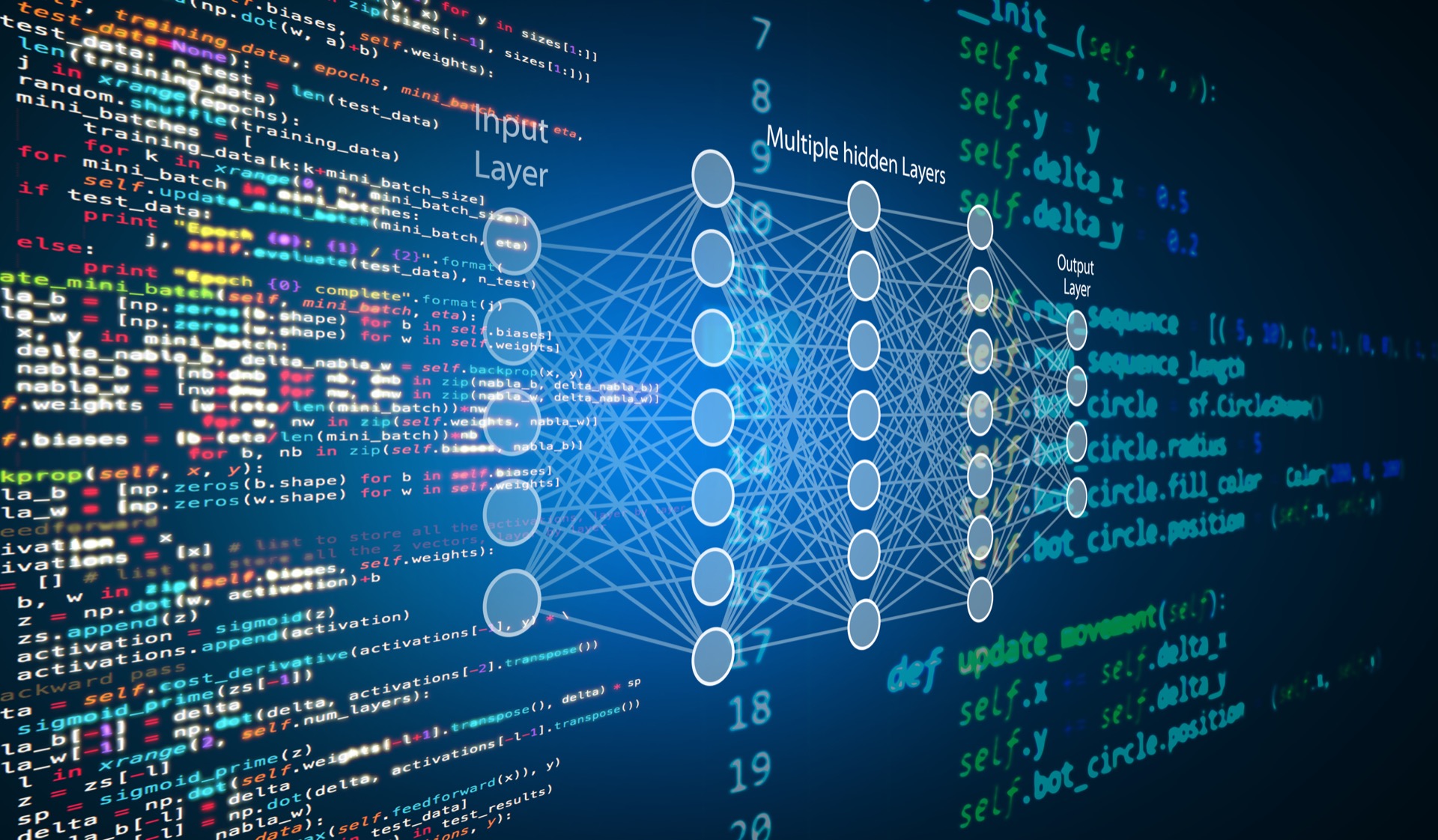What is Data Analytics? Definition and key concepts
Today, data is everywhere, and knowing how to analyse it has become a major asset! Data analysis, or data analytics, makes sense of all this raw information, helping businesses, institutions and even individuals to make informed decisions. Whether it's to understand buying habits, optimise processes or anticipate trends, data analytics is at the heart of modern strategy.

Understanding data analysis and its importance?
The key stages in thedata analysis
The data analysis process is based on several fundamental stages. It all starts with the data collectionThis information is gathered from a variety of sources, including internal databases, customer relationship management (CRM) systems and external sources. Once collected, this data must be cleaned to eliminate errors, duplicates and inconsistent information. This pre-processing guarantees data quality, an essential step for reliable analyses.
Once the data is ready, analysts often go through a process of exploration and visualisation phase. This enables them to identify trends and anomalies, using interactive graphs and tables produced with tools such as Tableau or Power BI. The next step, modellinginvolves the use of statistical and machine learning techniques to create models that can detect recurring patterns. For example, a regression model can identify relationships between variables, while clustering algorithms can segment data to extract distinct groups.
Finally, the results are interpreted and translated into practical recommendations for decision-makers. These conclusions enable concrete action to be taken, basing choices on solid evidence derived from the data.
Types of data analysis: from description at predictive
The data analysis process is based on several fundamental stages. It all starts with the data collectionThis information is gathered from a variety of sources, including internal databases, customer relationship management (CRM) systems and external sources. Once collected, this data must be cleaned to eliminate errors, duplicates and inconsistent information. This pre-processing guarantees data quality, an essential step for reliable analyses.
Once the data is ready, analysts often go through a process of exploration and visualisation phase. This enables them to identify trends and anomalies, using interactive graphs and tables produced with tools such as Tableau or Power BI. The next step, modellinginvolves the use of statistical and machine learning techniques to create models that can detect recurring patterns. For example, a regression model can identify relationships between variables, while clustering algorithms can segment data to extract distinct groups.
Finally, the results are interpreted and translated into practical recommendations for decision-makers. These conclusions enable concrete action to be taken, basing choices on solid evidence derived from the data.
The tools and skills keys to success in data analytics
Data analytics relies on specialised tools and a range of essential skills. The most commonly used tools include Excel for basic analyses, SQL to query databases and manipulate large quantities of data, as well as programming languages such as Python and Rwhich are highly prized for their flexibility and their libraries dedicated to data analysis, such as Pandas and NumPy.
At the same time statistical and mathematical skills are essential if data is to be interpreted rigorously. Data analysts also need to master the concepts of machine learning to carry out predictive analyses, and have the communication skills to translate their findings into clear messages for decision-makers. You can train for this profession with our bootcamp Data Analytics of 8 weeks.

The challenges and future of data analysis
Despite its advantages, data analysis does present certain challenges. Data quality remains a major obstacle, as incomplete or erroneous data can distort results. In addition, data security is becoming crucial in the face of cyber attacks and the need to protect sensitive information. Mastery of confidentiality and regulations is essential for ethical data management. The future of data analytics looks promising, with advances in AI enabling more precise levels of analysis and more personalised predictions. It is predicted that data analytics will play an even more central role in strategic decision-making, with ever wider and sharper applications. Companies will increasingly be able to optimise their operations, predict trends and deliver personalised customer experiences, opening up new opportunities.Our training courses for Data
Discover our 5 to 10 week data bootcamp to become an expert and launch your career.Bootcamp
About you
What is Data Analytics? Definition and key concepts
remaining space
from at
Thank you for your application.
Next steps
Choose your session
Others news in this theme
Key stages in getting started with data analysis
Discover the essential steps for getting started in data analysis: technical and statistical foundations, tools and visualisation, practical projects...
Read more
Introduction to the most commonly used data analysis tools
In an increasingly data-driven world, data analysis plays a fundamental role in informing strategic decisions. Whether for...
Read more
The role of a Data Analyst in the modern enterprise
In modern businesses, data has become a strategic resource, and the Data Analyst is the professional responsible for transforming it into a...
Read more


